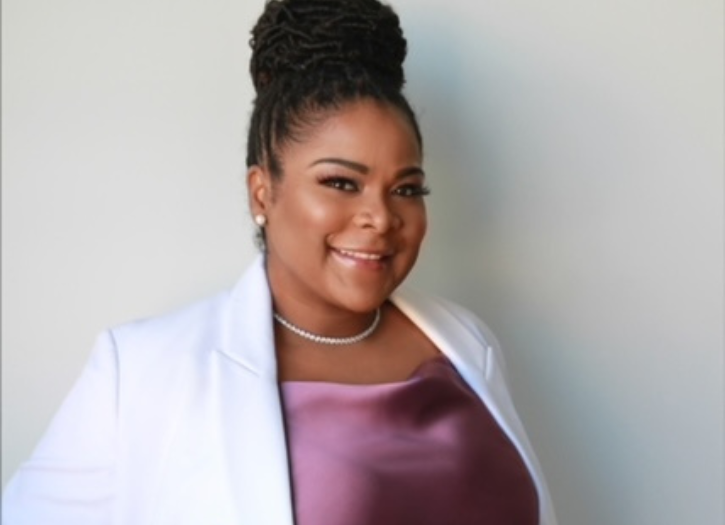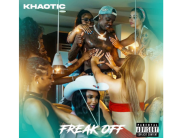What is the inspiration behind the work that you do?
Dr. Kim: The inspiration behind the work that I do is based on seeing BIPOC (Black, Indigenous, People of Color) men & women fulfilled mentally, emotionally & relationally. We deserve it. There are not enough BIPOC mental health professionals in the mental health field for BIPOC men & women to feel connected to the mental health interventions and/or the providers because of the racial & cultural differences. This was my inspiration to become a mental health professional, to ensure not only am I available to provide services, but I also implement interventions, aside from talk therapy, that clients identify with. This increases their success with sticking to their treatment plans, which is the ultimate goal.
What makes your approach unique?
Dr. Kim: I implement holistic & culturally responsive interventions into talk therapy. This is critical to the success of clients’ long term, as research shows, clients are more likely to attend therapy sessions with a provider who looks like them & who they can relate to culturally, this includes traditional practices.
Can you give three tips or suggestions for people who suffer from seasonal depression?
Light Therapy: Light therapy, or phototherapy, is a common & effective treatment for Seasonal Affect Disorder (SAD). Exposing yourself to bright, artificial light that mimics natural sunlight can help regulate your body’s internal clock & improve mood. You can use a lightbox designed for this purpose, typically with a brightness of 10,000 lux, for about 30 minutes each morning. Increasing your vitamin D intake can assist with this as well! Lightboxes can easily be found at your local or online retailer. Make sure to consult a healthcare professional before starting light therapy to ensure it’s suitable for you.
Maintain a Healthy Lifestyle: A healthy lifestyle can have a significant impact on managing seasonal depression. This includes regular exercise, eating healthy meals, & a consistent sleep schedule. This can be difficult due to the sun rising later & setting early, however, be creative with how you move your body & remain consistent with your sleep schedule. Physical activity can boost your mood by releasing endorphins & improving overall well-being & self-confidence. Eating nutrient-rich foods & maintaining a regular sleep schedule can help regulate your body’s internal rhythms, potentially reducing symptoms of SAD.
Seek Support and Professional Help: Don’t hesitate to reach out to friends & family for emotional support during the winter months. Sharing your feelings & experiences can be comforting & allow your family/friends to support you. Additionally, consider connecting with to a mental health provider. Talk therapy, such as cognitive-behavioral therapy (CBT), can provide valuable coping strategies & help reduce your symptoms. In some cases, medication may also be prescribed when SAD symptoms are present.
How can our viewers connect with you?
Dr. Kim: online: Kimberly Renay
Photo Credits: Photo Provided







Add Comment
You must be logged in to post a comment.